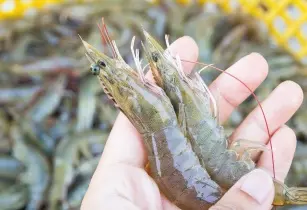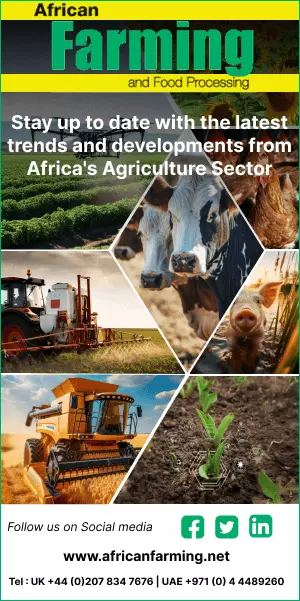Umitron, a Singapore and Japan-based deep tech company for aquaculture, has unveiled ‘Umitron Eagle’, their latest technology offering the world’s first real-time AI-based analytics solution for shrimp producers
The solution uses advanced AI detection to track multiple real-time biological conditions and other factors in highly turbid and intensive production environments.
According to Umitron, the poor uptake and adoption of digital technology by shrimp producers in the region has been one of the limiting factors stunting the sector’s growth, both economically and sustainably. While solutions exist to remotely control feeding and monitor environmental parameters using sensors, they are currently unable to analyse the real-time conditions of the shrimp.
The slow growth is exacerbated by the fact that most farming environments have poor visibility and that digital transformations have been slower and more limited for shrimp than their fish counterparts.
Umitron said it has spent a couple of years developing a solution to assess shrimp production conditions in real-time using customised AI algorithms. These include but are not limited to real-time appetite analysis, health and growth conditions, and biomass. While important, these metrics are not always actively charted and monitored due to a lack of available resources and solutions on the market, be it manpower or automation-wise.
Umitron Eagle can enable shrimp producers to optimise their feeding protocols easily and automatically using real-time analytics. In addition to the current partnership with Charoen Pokphand Foods (CPF), Umitron said it looks forwatd to extend the solution to other shrimp farmers to improve the operations at their production sites.
Via the Eagle application, shrimp producers are expected to achieve:
Improvements in FCR, growth and harvest amounts for each crop.
Improved biosecurity measures and work protocols.
Reduction in feed wastage may contribute to undesirable environmental conditions such as poor water quality and highly-turbid conditions and require frequent water changes.
Better long-term farming management protocols and optimised operations using the accumulated production data.




